-
Duck Cold! Four French phrases to use when it is freezing outside
We remind you of French expressions to use to describe the drop in temperature
-
When and why do we say le moral dans les chaussettes?
We explore this useful expression that describes low spirits
-
French villages become living Advent calendars with different doors opening each day to give out treats
Local residents each choose a date in December, decorate their door or window and then on the day, open up and hand out hot drinks and edible treats to everyone outside
Costume, music, floats: where to see France’s vibrant carnival parades
Celebrate the end of winter with feasting and fun at a carnival near you
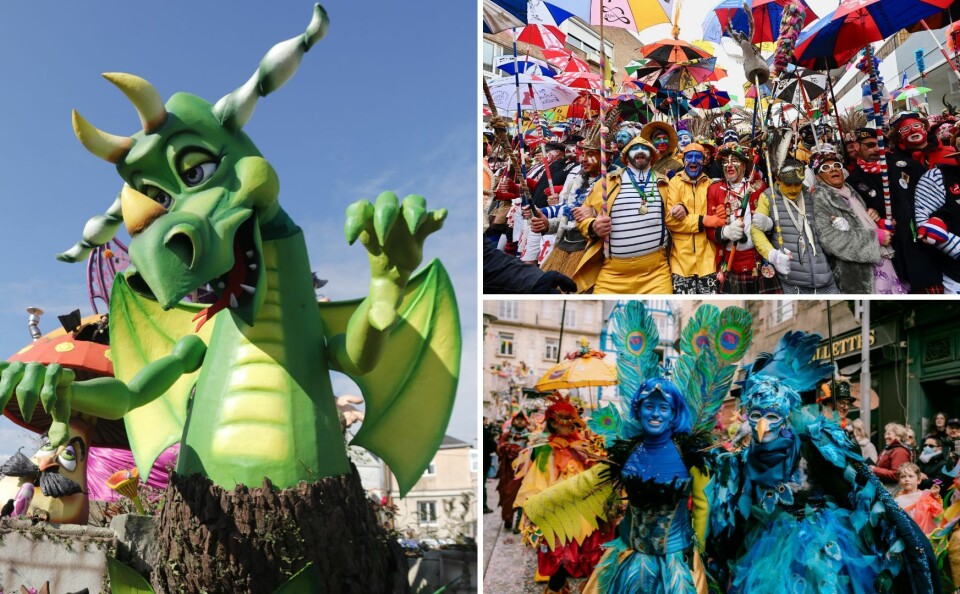
Like so many other cultural traditions, the roots of carnival in France come from the pre-Christian celebration of the end of winter.
The word itself comes from the Italian carnevalo – carne (meat) and levare (remove), describing Mardi Gras or Shrove Tuesday, the last day before Christians adopted a strict diet during the 40 days of Lent.
This period reflects the 40 days Jesus is said to have spent in the desert being tempted by the devil.
Before Christianity, however, it is a commonly held belief that people celebrated the end of winter with a big feast before starting on an annual lean period.
During February and March, people would have to eke out food supplies until the first early crops could be harvested.
Then hens would begin to lay again, the first lambs would be born, some sprigs of mint would push through the cold earth and perhaps there would be a handful of early green peas.
In ancient Rome, the new year began in March.
Today in France there are spectacular carnival parades all over the country.
In some larger cities the celebrations continue for weeks on end, and as well as parades there are masked balls, concerts, dancing, fancy dress and music in the streets.
There is also a joyous tradition of clowning and imitation, in which the roles of bosses and workers are reversed.
Read more: Key cultural and sporting events in France in 2024
Nice carnival theme is The King of Pop Culture
One of the largest and most famous is held in Nice. This year the dates are February 17 to March 3 and as always, most of the action is centred around the Place Masséna and the Promenade des Anglais.
Last year the 150th anniversary of the Nice carnival attracted around 200,000 spectators who came to admire the two hour-long parades and the bataille de fleurs, in which flowers are thrown into people's faces.
This year the theme is ‘The King of Pop Culture’. Seated tickets are around €14-28, but entrance to pedestrian areas is free for people in fancy dress.
The second Friday is devoted to Lou Queernaval, France’s first LGBT carnival. It is free.
Events kick off at 20:30 on the main stage with an opening cabaret show followed by a parade featuring, amongst other delights, drag queens in elaborate costumes.
Afterwards, the action shifts to the countless parties that take place in the bars along Rue Bonaparte.
Read more: LGBT people in rural France can ‘feel alone’ says Pride organiser
Paris parade dates back to Middle Ages
Another huge carnival parade will be held in Paris on February 11. The Promenade du Boeuf Gras has been a tradition in the capital since the Middle Ages, and attracts 50,000 spectators who revel in the spectacular entertainment emanating from floats, jugglers, acrobats, dancers, and musicians.
It kicks off at 13:00 in Place Gambetta (20th arrondissement) and ends in the Place de la République.
The theme this year is Hommage à Basile Pachkoff: la poésie, la philosophie, la peinture. (Basile Pachkoff was a keen carnival-goer and historian of carnivals credited for having resurrected the Paris carnival in 1993).
Bordeaux, Nantes, Toulouse and Lyon also organise large carnival events.
Read more: Mardi Gras: 12 traditional carnival sweet treats to try in France
Venice carnival comes to Annecy
For something altogether more poetic and romantic, the Venetian carnival in Annecy is worth visiting.
It takes place over a single weekend (February 23-25) and makes the most of Annecy’s nickname, ‘the Venice of the Alps’.
The narrow, cobbled lanes beside the canals are filled with around 500 mysterious creatures in white masks wearing sumptuous costumes often richly embroidered and decorated with pearls.
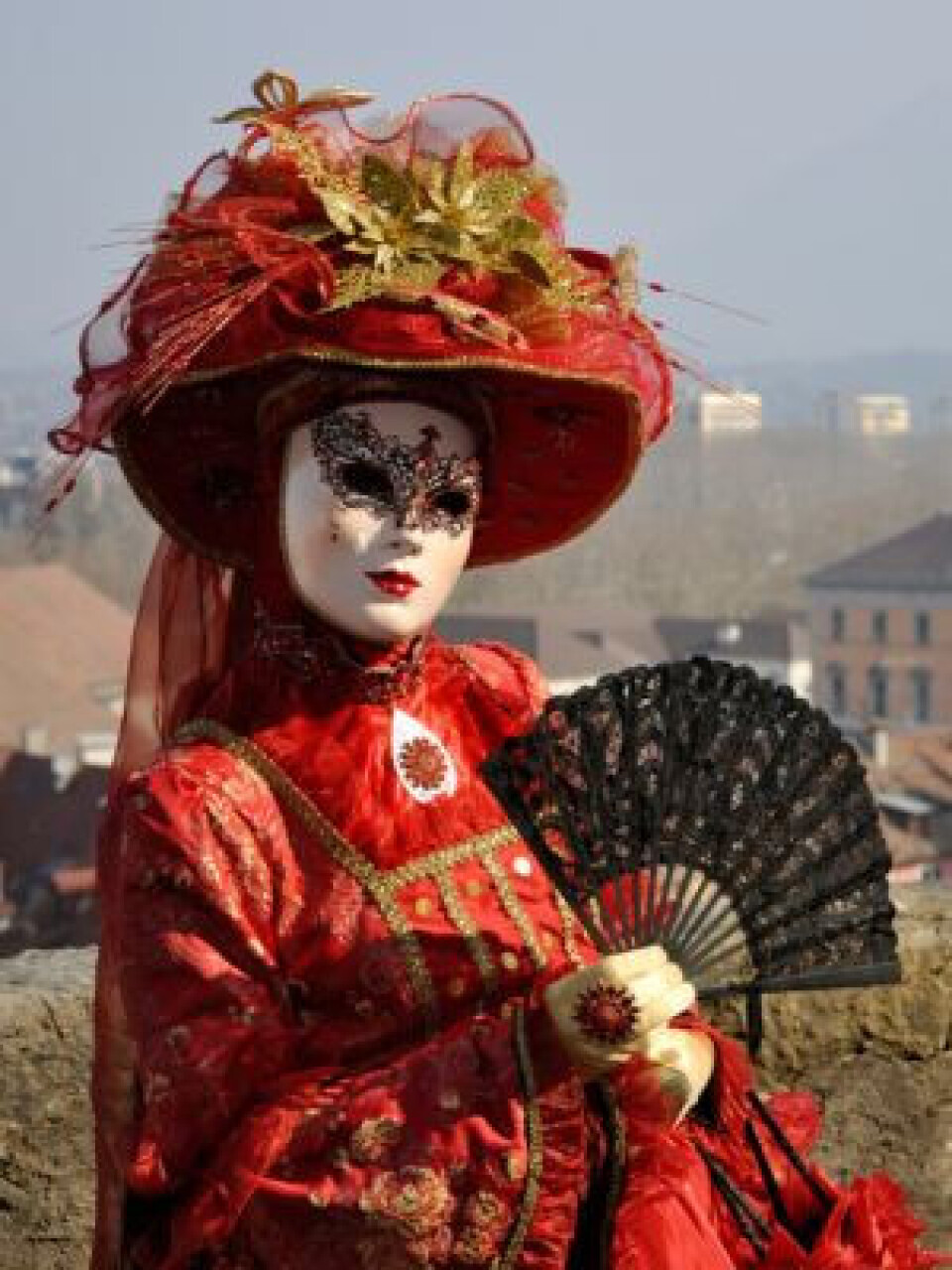
Image: None of the costumes are supposed to leave any skin visible; Credit: Didier Baillet
The event dates back to 1995, when Annecy was twinned with Vicenza, a town in Italy around 100km from Venice, and the Association Aria 74 (Association Rencontres Italie Annecy) was founded.
Costumes are strange an beautiful
This association runs the carnival and helps around 500 participants make their masks and costumes.
Some of them belong to the association, and others come from Remiremont (Vosges), which was the first town in France to hold a Venetian carnival.
Amongst them you can spot men wearing a traditional bauta – a black tricorne and cloak with an extremely pointed white mask which dates back to at least the 18th century.
You can also see women wearing a loup, a half-mask in velvet or satin, dating back to the same period, and the gnaga, a feminine costume with a cat’s mask.
None of the costumes are supposed to leave any skin visible.
Set against the magnificent medieval backdrop of the lakeside city, the effect is strange and beautiful. Instead of formal parades, the participants wander the town, strolling in the Jardins de l'Europe, le Pâquier and the Vieille Ville.
Everyone dresses outrageously for Dunkerque’s carnival
The atmosphere at Dunkerque’s carnival is altogether more boisterous and colourful.
This year it starts on January 3 and continues for nearly three months. It is said to have originated in the 17th century, when ship owners gave a feast for the crews before they left to fish off the coast of Iceland for six perilous months.
The highlight of the party is the Trois Joyeuses, the three days before Ash Wednesday.
In 2024 this coincides with Valentine’s Day, and the party extends from the weekend of February 10-11 right through to the following weekend, with balls, bands and street parades.
Everywhere you look, merrymakers will be sporting fuchsia and lemon yellow.
Everyone dresses up outrageously and even people not in full fancy dress wear dazzlingly colourful accessories and face paint.
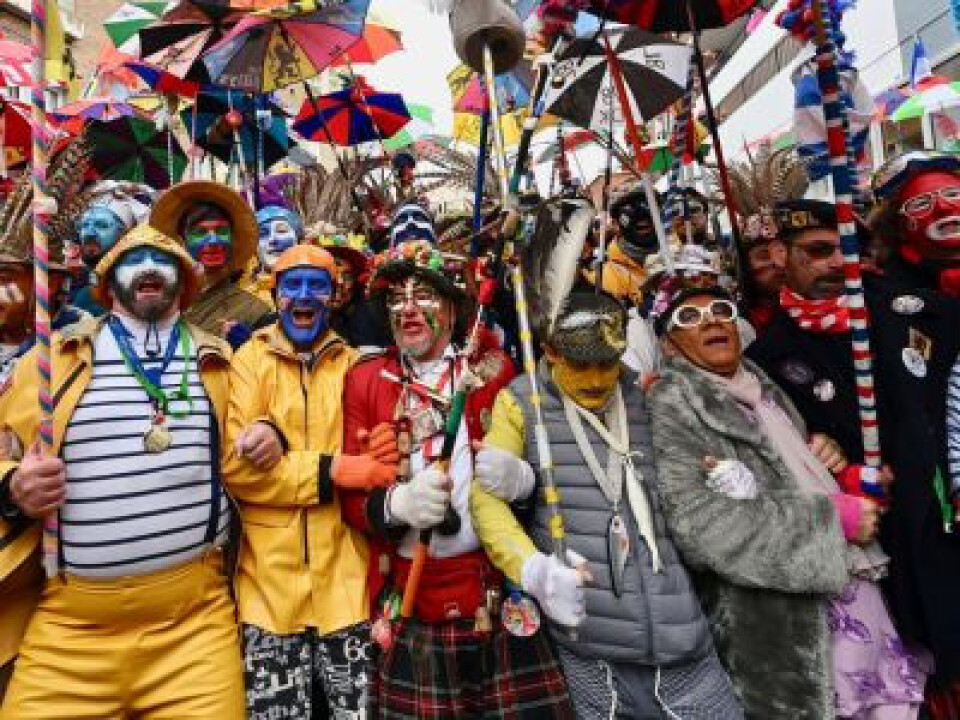
Photo: Dunkerque’s carnival is boisterous and colourful; Credit: Ville de Dunkerque
The Bal des Gigolos et Gigolettes on February 17 gives a flavour of the glorious mayhem. Ball tickets have to be bought in advance, but the street parties are open to all.
The local name for a carnival outfit is a clet’che and lots of residents keep their costume from one year to the next.
Some are very well-known – the Pizza, the Green Giant, Big Ears, and La Majorette make an appearance every year.
Other popular elements include extravagant hats, masks, face paint, fur coats, kilts, walking boots, and brightly coloured umbrellas on tall sticks.
The complete programme is available online or from the tourist office.
Cholet in Marne-et-Loire burn the King of the Carnival float
There are also some spectacular carnivals in lesser-known destinations.
Cholet in Marne-et-Loire is holding its 105th carnival on Sunday, April 14 this year, and the evening parade is on Saturday, April 20.
Between the two dates, there is a full programme of concerts, dances and other events.
One of the only carnivals to hold an evening parade, the entire town will be dazzling with its spectacular lights. The King of the Carnival ceremonially burns a specially constructed float at the end of the festivities.
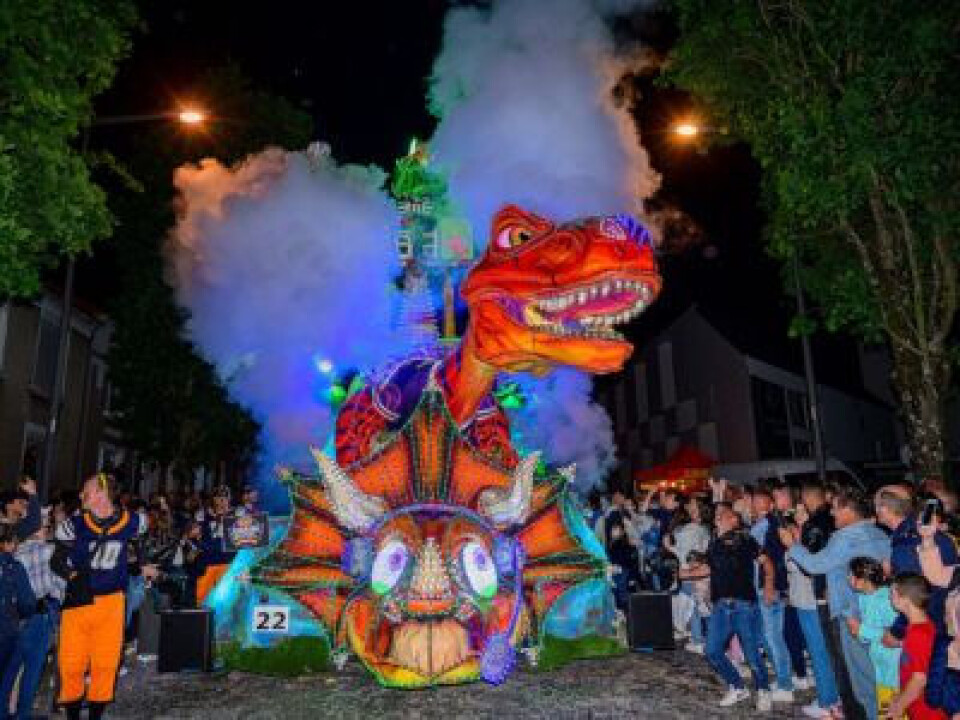
Photo: Cholet has an evening parade; Credit: Serge Cousseau
150 years of Granville carnival in Normandy
This year Granville is holding its 150th carnival from February 9 to 13, culminating in the judging and executing of the king on the Plat Gousset beach.
A jubilant crowd have, in the past, also burned the king on the Cours Jonville. This is not, however, an expression of Republican fervour.
In the same way that ceremoniously handing the keys of the city to the elected Ladies of the Carnival signals the start of the festivities, burning the king of the carnival (the master of ceremonies) signals an end to the licence and freedom of the weekend and a return to normal life.
Revellers note with glee that the programme has a footnote: Intrigues dans Toute La Ville. As well as the usual treats, the organisers are promising surprises to celebrate the carnival’s 150th birthday.
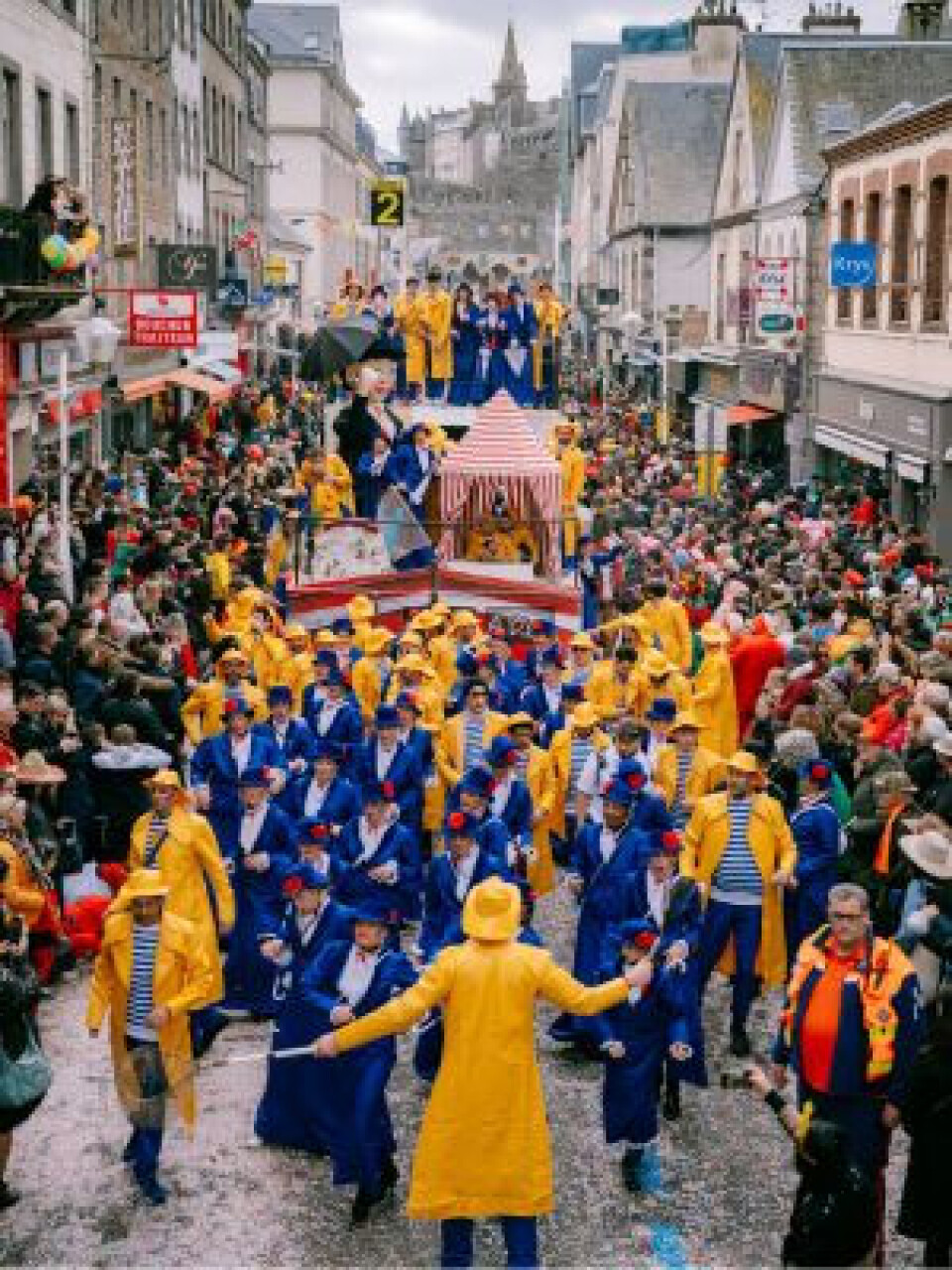
Photo: Jubilant crowd at Granville carnival; Credit: OTGTM Cecile BALLON
Music, dancing and confetti in Limoux
Another small town with a large carnival is Limoux, which celebrates every weekend from January 7 to March 17, with bands, concerts and parades.
Groups of costumed players make their appearance to live music on the Place de la République on Sundays at 11:00, 16:30 and 22:00.
The tradition dates back to 1604, when local millers used to parade through the streets throwing sugared almonds and flour at the crowds to mark the day they paid their taxes at the monastery on Shrove Tuesday.
Today, groups of people in fancy dress roam from bar to bar playing music, dancing and throwing confetti.
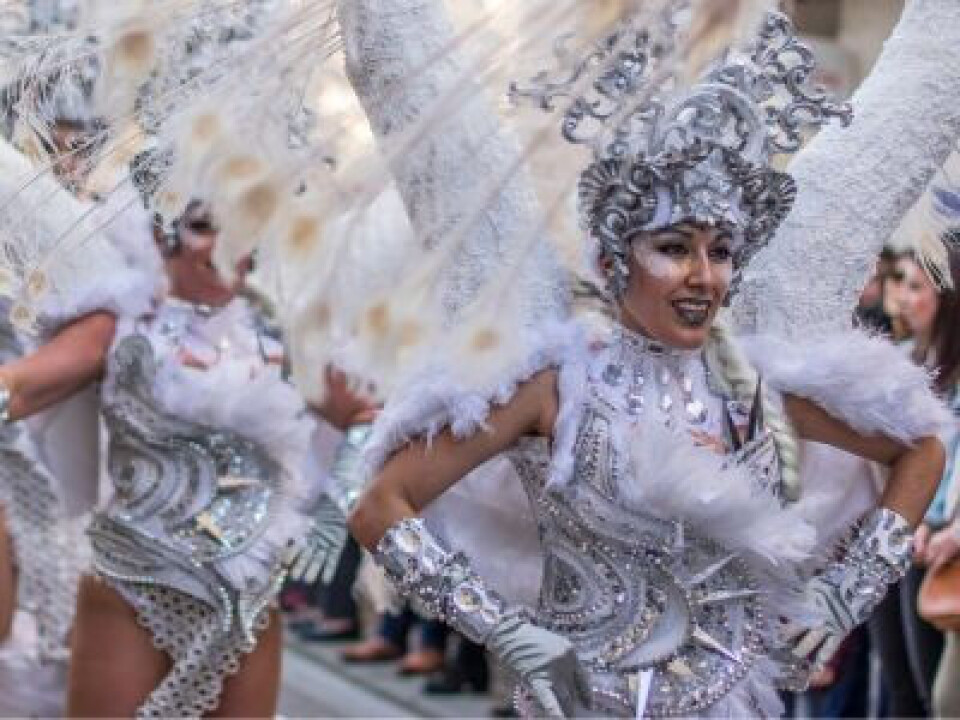
Photo: Limoux is a small town with a large carnival; Credit: Anthony Molina
Witches, demons and weird animals in Mulhouse
In Mulhouse, the carnival takes place from February 14 to 19, but the run-up to it started back in November 2023, when they elected the Prince of the Carnival, as well as the Queen and her ladies.
The theme this year is Les Jeux Olympiques dans le Carnival Rhénan and crowds are expected from Germany and Switzerland as well as across France.
Local associations and groups make stands, and there are marching bands, spectacular parades, music and dancing.
This is a Fastnacht carnival (from the German words fast meaning to fast and nacht meaning night), with grotesque characters like witches, demons, and weird animals.
The keys to the city are ceremonially handed over on Friday evening and the children’s carnival takes place on Saturday afternoon, followed on Sunday by the International Parade.
Throughout the weekend there are workshops for making masks, baking pastries, face-painting and more.
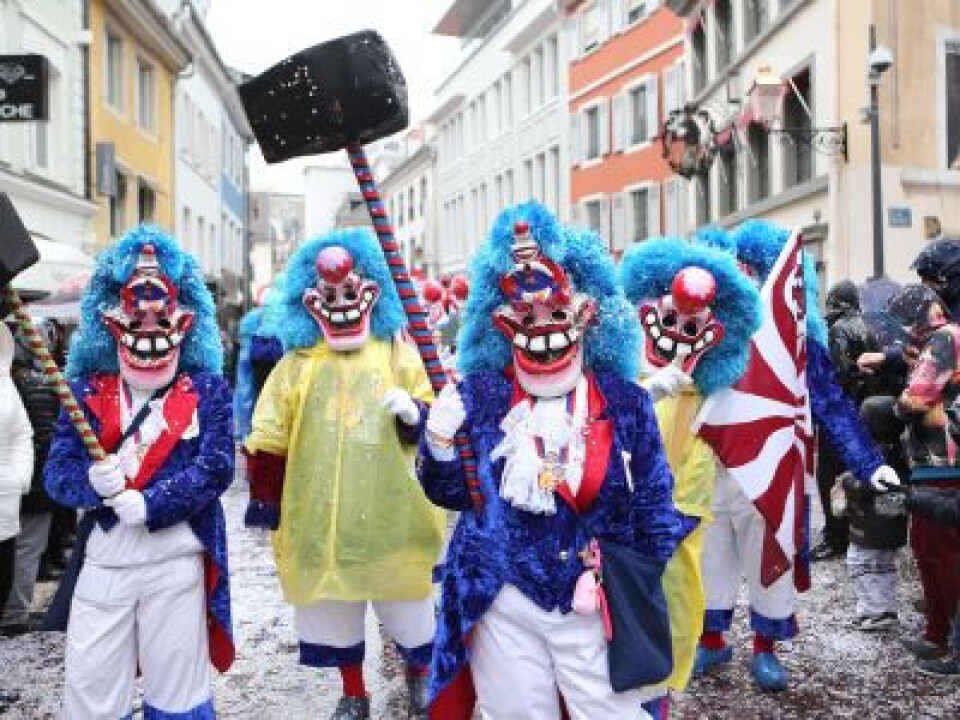
Photo: Grotesque characters like witches, demons, and weird animals in Mulhouse; Credit: Ville Mulhouse
Children’s carnival in Albi near Toulouse
The organisers of the carnival in Albi are putting on a good show from February 10 to 25.
The funfair opens on February 10, and the keys of the city are handed over to the Queen of the Carnival on February 17.
The first parade, including huge floats and troupes in sumptuous costumes, will take place on the 18th and there will also be a special carnival event for children on Wednesday 21.
The second parade will be on February 25 and the streets remain strewn with rainbow confetti throughout.
Other events include a tea dance on February 22, a Soirée Bodéga on February 24.
Caen hosts largest student carnival in Europe
The Carnaval Etudiant in Caen (Normandy) was founded in 1894, lapsed in 1969, and was resurrected in 1996 by a group of students.
It is the largest student carnival in Europe. It will be on March 28 this year.
In the afternoon a parade will wind its way through the ancient streets of the old town to the Parc des expositions for a DJ party which will continue into the small hours.
Around 35,000 people are expected to attend and as the name suggests, it will be a predominantly young crowd, and as the date suggests, the celebrations will have only the slightest relationship to any kind of religious observance!
Next year, the carnival is expected to be even bigger as Caen celebrates its 1,000th anniversary.
Related articles
Replace religious holidays with secular ones, suggests French mayor
Visit one of France’s medieval festivals and reenactments this summer
























